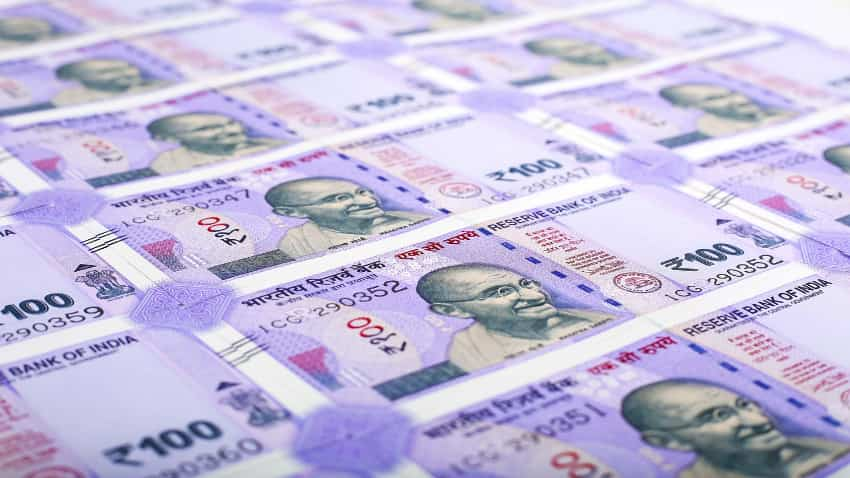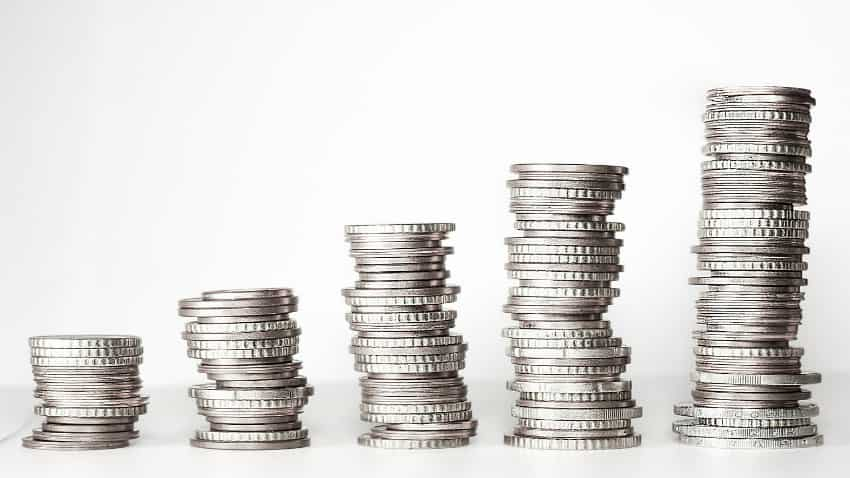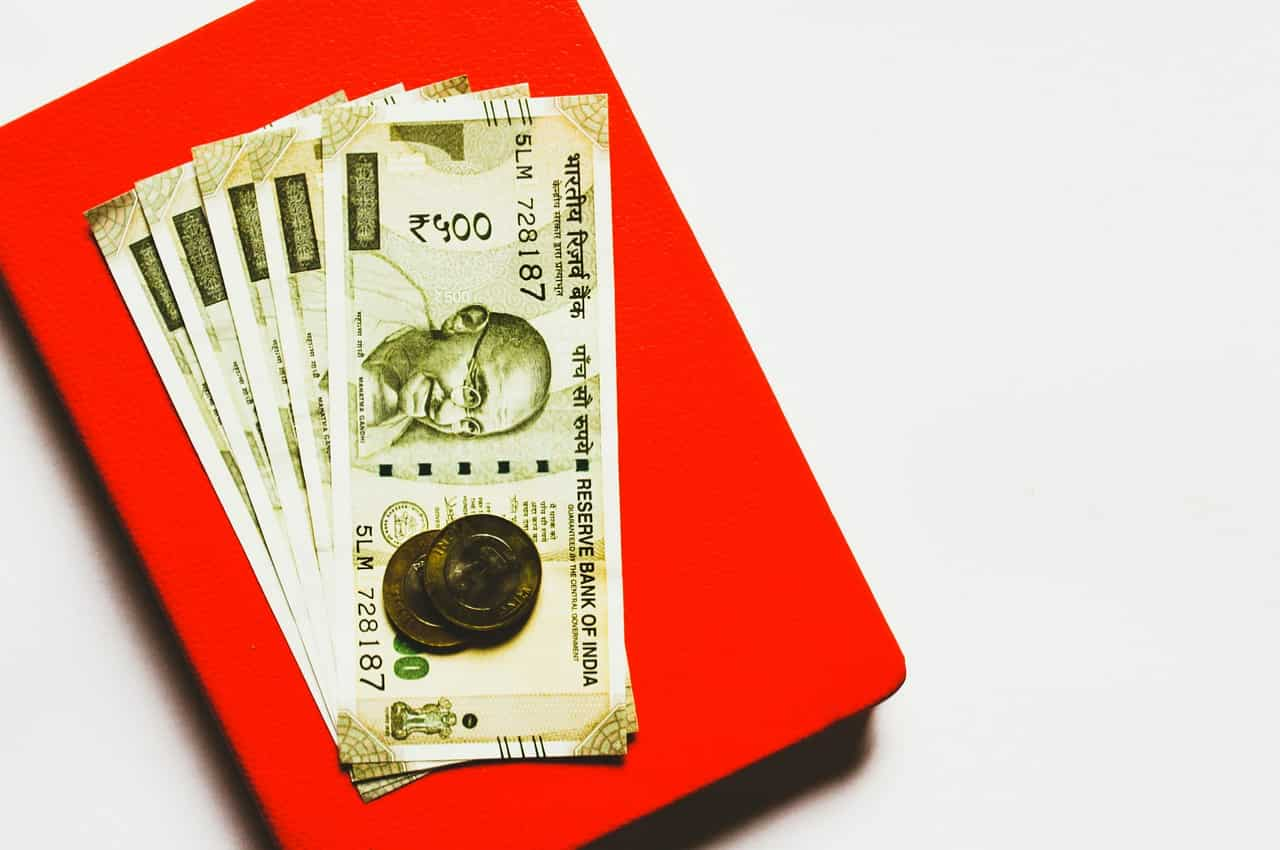SIP+SWP: Rs 10,000 monthly SIP for 20 years, Rs 25 lakh lump sum investment, then Rs 2.15 lakh monthly income for 25 years; see expert calculations
SIP+SWP For Retirement Corpus: The combination of systematic investment plan (SIP) and systematic withdrawal plan (SWP) can be used for effective retirement planning. Through expert calculations, know how one can generate Rs 2.15 lakh monthly income by using both mutual fund investment methods.
SIP+SWP For Retirement Corpus: Retirement planning is important for every young individual, but how one should do it is equally tough. However, if you have made up your mind to start retirement planning, there are 3 things to focus on. Firstly, take higher risk to build a corpus when you are young. Secondly, use time to your advantage. Third, pay yourself regular pensions in a tax-efficient manner. The interesting part is that all 3 objectives can be accomplished. Let us look at the wealth creation up to retirement and then the wealth payback post retirement.
Photos: Unsplash/Pixabay
Expert view

Neha Mota, founder, Finnovate Financial Services, says, "When you are young, you have higher risk appetite. That is when you take on the higher risk of equity funds to create wealth. Let us assume a person has current corpus of Rs 25 lakhs, which they want to invest for retirement. In addition, they also plan a monthly SIP of Rs 10,000 for the next 20 years; at which point they plan to retire. We assume post-tax returns of 12 per cent CAGR over these 20 accumulation years. Here is how your corpus will look after 20 years.
Retirement corpus table

Retirement corpus

Wealth payback post-retirement via SWP

|
Month |
SIP |
Return |
Total Amount |
Add SIP |
Total Cash Flow |
|
1 |
10,000 |
95 |
10,095 |
10,000 |
20,095 |
|
12 |
1,26,465 |
1,200 |
1,27,665 |
10,000 |
1,37,665 |
|
24 |
2,68,106 |
2,544 |
2,70,650 |
10,000 |
2,80,650 |
|
36 |
4,26,743 |
4,049 |
4,30,793 |
10,000 |
4,40,793 |
|
48 |
6,04,418 |
5,735 |
6,10,153 |
10,000 |
6,20,153 |
|
60 |
8,03,413 |
7,623 |
8,11,036 |
10,000 |
8,21,036 |
|
72 |
10,26,287 |
9,738 |
10,36,025 |
10,000 |
10,46,025 |
|
84 |
12,75,907 |
12,107 |
12,88,013 |
10,000 |
12,98,013 |
|
96 |
15,55,480 |
14,760 |
15,70,240 |
10,000 |
15,80,240 |
|
108 |
18,68,603 |
17,731 |
18,86,334 |
10,000 |
18,96,334 |
|
120 |
22,19,300 |
21,058 |
22,40,359 |
10,000 |
22,50,359 |
|
132 |
26,12,081 |
24,785 |
26,36,867 |
10,000 |
26,46,867 |
|
144 |
30,51,996 |
28,960 |
30,80,956 |
10,000 |
30,90,956 |
|
156 |
35,44,701 |
33,635 |
35,78,336 |
10,000 |
35,88,336 |
|
168 |
40,96,530 |
38,871 |
41,35,401 |
10,000 |
41,45,401 |
|
180 |
47,14,578 |
44,736 |
47,59,314 |
10,000 |
47,69,314 |
|
192 |
54,06,793 |
51,304 |
54,58,097 |
10,000 |
54,68,097 |
|
204 |
61,82,073 |
58,660 |
62,40,733 |
10,000 |
62,50,733 |
|
216 |
70,50,387 |
66,900 |
71,17,286 |
10,000 |
71,27,286 |
|
228 |
80,22,898 |
76,128 |
80,99,026 |
10,000 |
81,09,026 |
|
240 |
91,12,111 |
86,463 |
91,98,574 |
Nil |
91,98,574 |
Corpus from SIP+lump sum investments

Wealth payback post-retirement via SWP

This is the more important part of the retirement plan. The beauty of the SWP is that it draws down the returns and also the principal over 25 years. In the above case, they will have a corpus of Rs 3.33 crore at the end of 20 years, from which point, their post-retirement monthly pension payout will start.
Future expenses

Their monthly expenses are Rs 1.25 lakhs today. Assuming 4 per cent inflation, their monthly needs would be Rs 2.70 lakh when they retire at the end of 20 years. However, retirement results in lower monthly outflows due to lower transport cost, lower travel costs, lower EMI payments, etc. This is normally a reduction of around 20-22 per cent, so we assume a reasonable monthly expense of Rs 2.15 lakh; and for simplicity, we will keep this constant post retirement. When they withdraw from the corpus via SWP, the remaining corpus continues to earn returns. Obviously, this will be invested at a more conservative level of 6 per cent returns. Here is the final SWP paybackchart.
SWP withdrawal

SWP corpus

SWP annual break-up

|
By end of the year |
Amount |
Withdrawn Amount |
Returns from your investment |
Resultant |
|
2024 |
3,33,14,306 |
25,80,000 |
19,28,655 |
3,26,62,961 |
|
2025 |
3,33,14,306 |
51,60,000 |
38,18,229 |
3,19,72,535 |
|
2026 |
3,33,14,306 |
77,40,000 |
56,66,377 |
3,12,40,683 |
|
2027 |
3,33,14,306 |
1,03,20,000 |
74,70,615 |
3,04,64,921 |
|
2028 |
3,33,14,306 |
1,29,00,000 |
92,28,306 |
2,96,42,612 |
|
2029 |
3,33,14,306 |
1,54,80,000 |
1,09,36,659 |
2,87,70,965 |
|
2030 |
3,33,14,306 |
1,80,60,000 |
1,25,92,714 |
2,78,47,020 |
|
2031 |
3,33,14,306 |
2,06,40,000 |
1,41,93,331 |
2,68,67,637 |
|
2032 |
3,33,14,306 |
2,32,20,000 |
1,57,35,186 |
2,58,29,492 |
|
2033 |
3,33,14,306 |
2,58,00,000 |
1,72,14,752 |
2,47,29,058 |
|
2034 |
3,33,14,306 |
2,83,80,000 |
1,86,28,292 |
2,35,62,598 |
|
2035 |
3,33,14,306 |
3,09,60,000 |
1,99,71,844 |
2,23,26,150 |
|
2036 |
3,33,14,306 |
3,35,40,000 |
2,12,41,210 |
2,10,15,516 |
|
2037 |
3,33,14,306 |
3,61,20,000 |
2,24,31,937 |
1,96,26,243 |
|
2038 |
3,33,14,306 |
3,87,00,000 |
2,35,39,308 |
1,81,53,614 |
|
2039 |
3,33,14,306 |
4,12,80,000 |
2,45,58,321 |
1,65,92,627 |
|
2040 |
3,33,14,306 |
4,38,60,000 |
2,54,83,675 |
1,49,37,981 |
|
2041 |
3,33,14,306 |
4,64,40,000 |
2,63,09,750 |
1,31,84,056 |
|
2042 |
3,33,14,306 |
4,90,20,000 |
2,70,30,590 |
1,13,24,896 |
|
2043 |
3,33,14,306 |
5,16,00,000 |
2,76,39,880 |
93,54,186 |
|
2044 |
3,33,14,306 |
5,41,80,000 |
2,81,30,928 |
72,65,234 |
|
2045 |
3,33,14,306 |
5,67,60,000 |
2,84,96,638 |
50,50,944 |
|
2046 |
3,33,14,306 |
5,93,40,000 |
2,87,29,492 |
27,03,798 |
|
2047 |
3,33,14,306 |
6,19,20,000 |
2,88,21,516 |
2,15,822 |
|
2048 |
3,33,14,306 |
6,21,35,000 |
2,88,22,669 |
1,975 |
Conclusion

Nehal says, "The above table shows how the amount is defrayed via SWP through which the entire corpus is drawn down by the end of the SWP period.
"Once this payout is done over a period of 25 years, the corpus is almost entirely drawn down. What is important here is that SWP withdrawal each month is predictable and has a return and principal component. Here, only the return portion is taxed and not the principal portion. That makes it more tax efficient for the retiree!"




